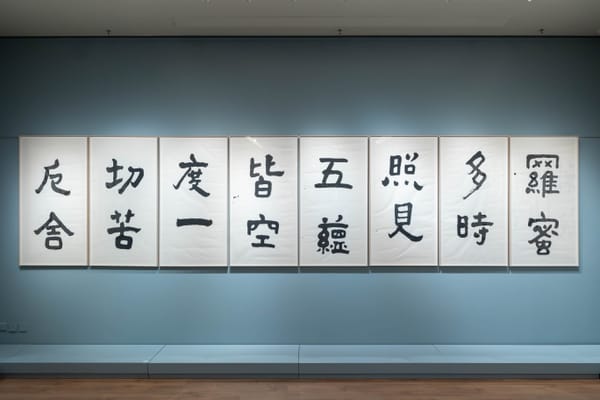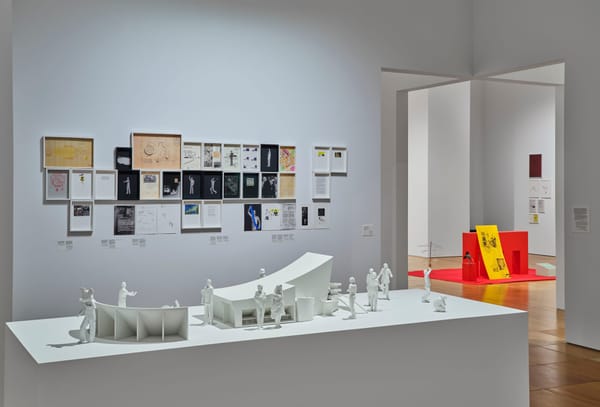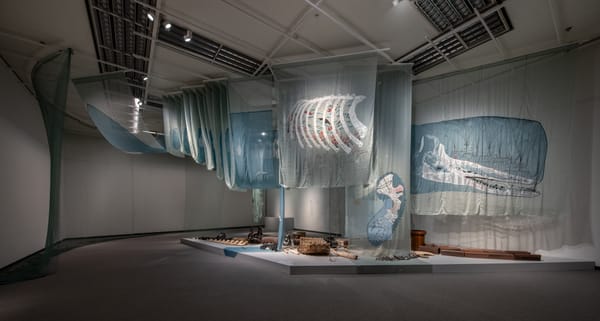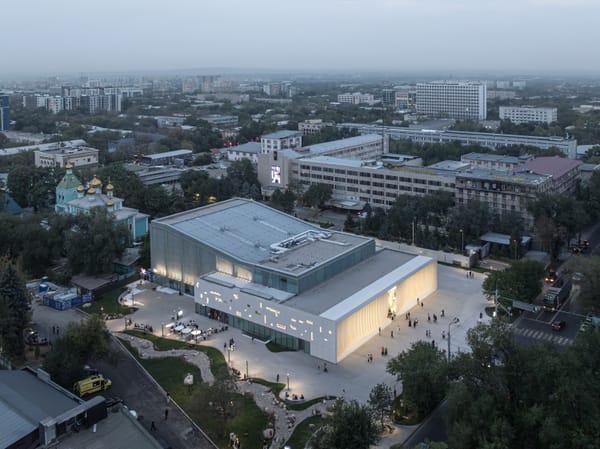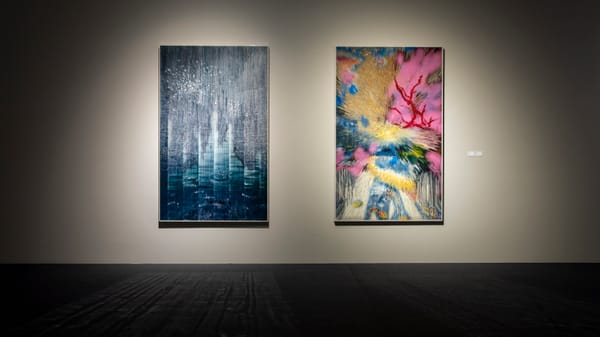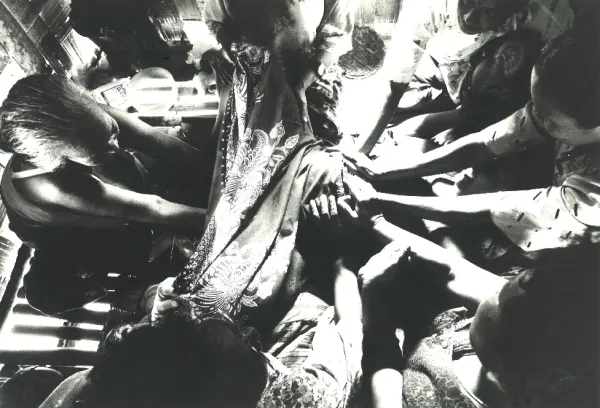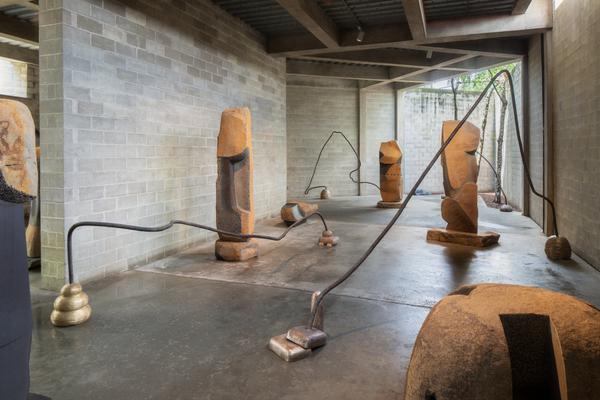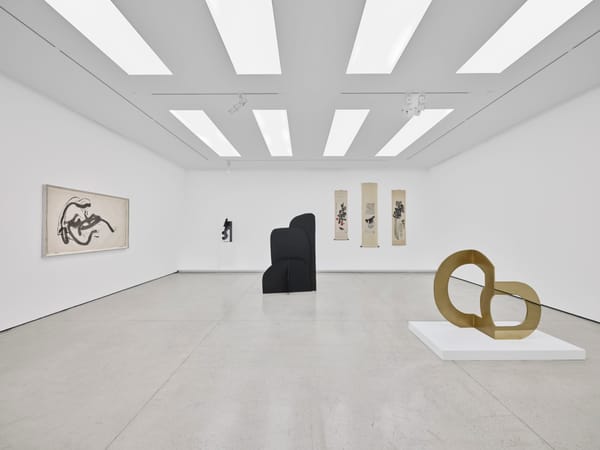Issue
One on One: Lin Jingjing on Wael Shawky
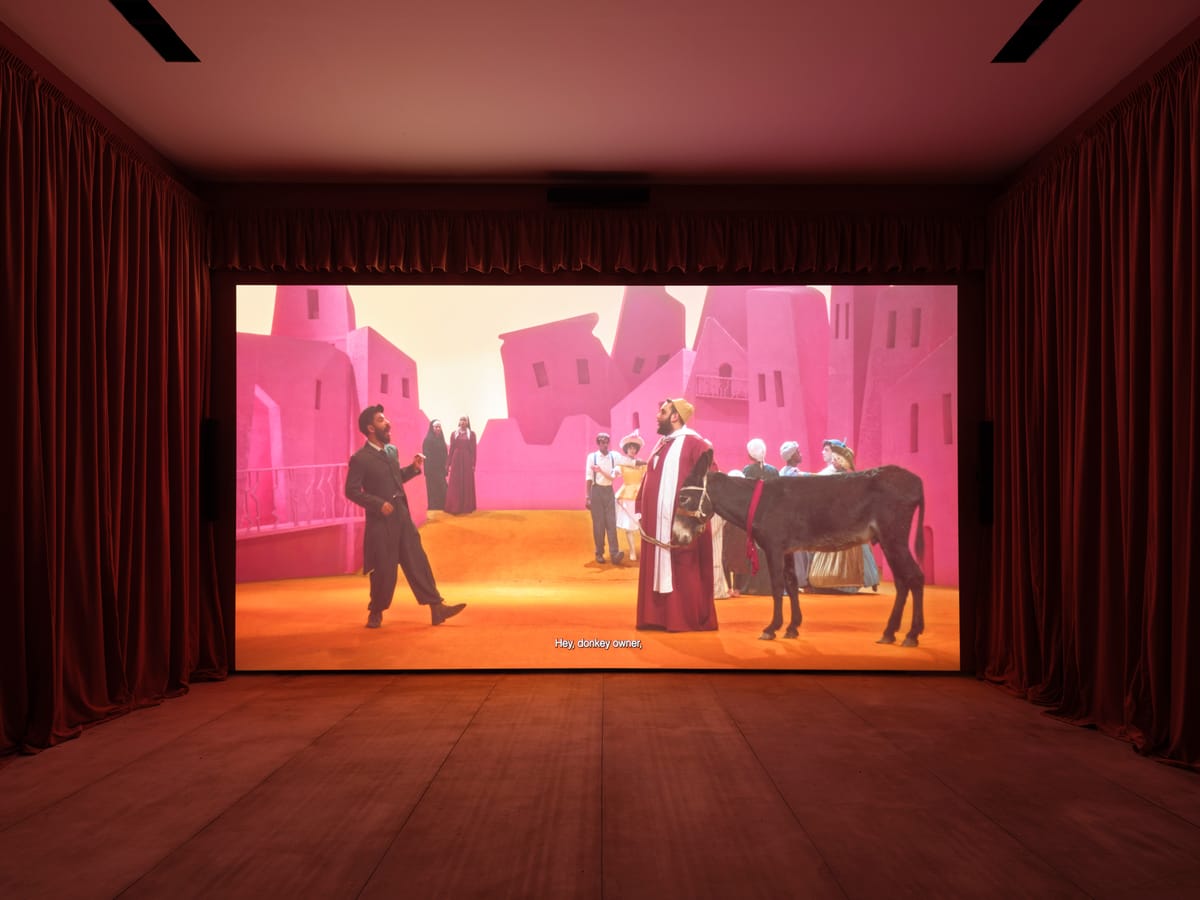
When I first encountered Egyptian artist Wael Shawky’s 45-minute video Drama 1882 at the 2024 Venice Biennale, I felt hypnotized, utterly defenseless, as though I had stepped into a different density of time. Shot in an historic theater in Alexandria, the musical features 150 costumed performers, enacting eight highly stylized scenes drawn from the late 19th-century ‘Urabi revolt in Egypt. That conflict, I later learned, went on for three years (1879–82) and was crazily complex, with Turkish, French, British, and Egyptian factions vying for control of Lower Egypt. Today the whole dispute bears the name of Ahmed ‘Urabi, an Egyptian colonel who won popular support with the rallying cry “Egypt for Egyptians!”
Shawky, now 54 and a veteran of numerous exhibitions at top-tier international venues—chose to focus on the most critical and violent phase of the uprising. In his telling, the crisis began with the murder of a local donkey owner by an anonymous Maltese man and culminated in a face-off between Alexandria residents and British troops, resulting in the deaths of approximately 300 Egyptians. The event marked the end of Ottoman control over the region and precipitated decades of British colonial rule in the Middle East.
The artist questions whether the cafe brawl was a mere coincidence, as officially recorded, or a ploy orchestrated by the British to help justify their subsequent bombardment of the city and the 70-plus years of colonial occupation that followed (1882–1956).
Shawky—who studied painting as an undergraduate at the University of Alexandria and earned an MFA at the University of Pennsylvania in Philadelphia—composed, choreographed, and directed Drama 1882. Performed in classical Arabic, the work blurs the boundaries between film, performance, installation, painting, and sculpture. Shawky has long been known for examining contemporary culture through the lens of historical tradition.
His approach is metaphorical, not didactic. “This is not a truth we can truly rely on—it is a form of storytelling,” he told The New York Times in 2024. “My work always oscillates between myth and reality, between doubting history and believing in it. As long as gaps in knowledge exist, as long as ignorance persists, we are still making art.”
Although I knew little about the ‘Urabi revolt beforehand, Drama 1882 consumed me with its overwhelming force. The sets resemble sculptural installations. The characters—whether alone or in groups—move in deliberately slow, sometimes forward-leaning or backward-tilting postures. Their strange and unnatural motions are neither a matter of personal rhythm nor of spontaneous emotional expression. Rather, they create slow-motion sequences dictated by an overarching narrative—a vortex of fate and memory imbued with an alien sense of time.
In this work, time is elongated and suspended, forcing us to “see” it, to witness how it is deconstructed, stretched, and replayed. Slow motion transforms chronology into a tangible texture, thickening emotions—whether terror, sorrow, or ecstasy—and infusing them with a symbolic weight. It is as if time has become a sluggish current, a floating reality—trapped in repetition, yet persistently striving for an illusory order for its fragmented narratives.
In an age dominated by short videos and explosive, constantly updated news reports, we have adopted a consumerist mode of viewing—rapid ingestion, instant reaction, quick forgetting. Shawky’s use of slow motion resists this tendency; it is a deliberate act of defiance. It forces us to pause, to enter an uncomfortable, unfamiliar, yet irresistible experiment, hovering between inevitability and agency.
Although Drama 1882 grapples with weighty historical themes, Shawky weaves in unexpected elements—singing, puppetry, and even ironic dialogue. He does not gloss over the brutal realities of the ‘Urabi revolt—the failure of the uprising and Egypt’s subjugation to British colonial rule. Yet rather than presenting history as a fixed sequence of events, Shawky emphasizes its fluidity, defying his viewers’ hope for order and logic, subjecting them to endlessly deferred expectations. His retelling of history ebbs and flows like the tide, leaving behind only traces, echoes, contradictions, and the violent tremors of interpretation and misinterpretation.
I saw Drama 1882 at a crucial personal moment, when I was already engaged in creating an artist identity named “Lov-Lov,” an entity without gender or personal background. An artificial intelligence creation, existing out of nothing yet capable of anything, Lov-Lov purports to match participants with romantic partners custom-made to fulfill their every desire—much like how Shawky adapts the past to suit current social or psychological needs. In works like the recent 15-meter-wide video projection Life as a Rumor (2025), Lov-Lov nurtures the absurd, the surreal, the poetic, even the unbelievable, aiming to reveal the paradoxes of human reality.
Lin Jingjing (aka Lov-Lov) is a Chinese-born multimedia artist based in New York.
